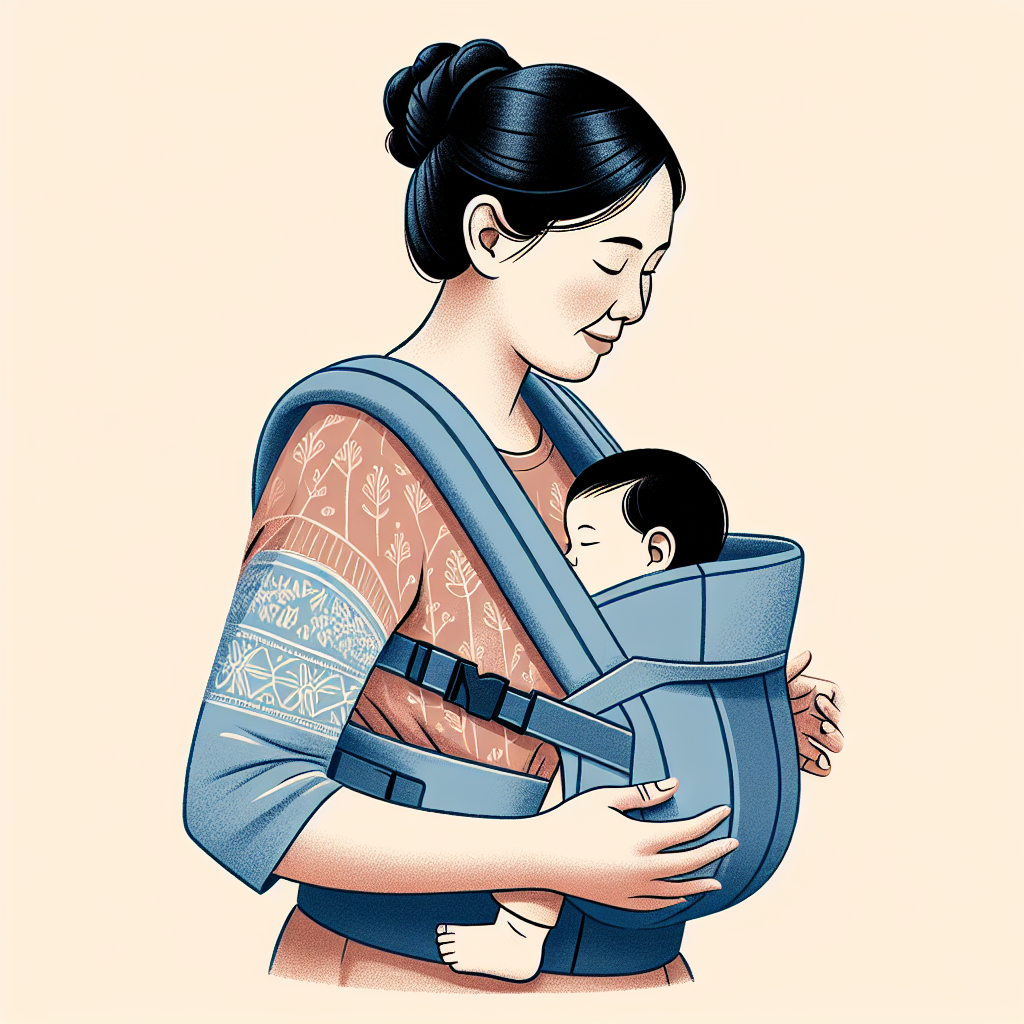Child Development: A Complete Guide to the Essential Stages
The growth and development of a child are complex and fascinating processes that arouse the curiosity of every parent. From the first smiles and words, to exploring the world around them, every stage in a child's life is essential for their holistic development. In this guide, we'll focus on a crucial aspect of this growth – mobility and how ergonomic baby carriers facilitate this important stage.
Motor Development
A child's motor development involves learning and mastering body movements. This starts with newborn reflexes and progresses to more complex movements such as walking, running and jumping. Using an ergonomic baby carrier can be an essential part of this phase, helping your baby feel different movements and orientations while providing support and safety.
Carrying the child in a carrier also facilitates the emotional connection or bonding between parent and child. This aspect is vital for the child's emotional development, as the feeling of security and attachment is essential in the first years of life. However, it is important for parents to choose a carrier that respects the child's natural sitting position and spine, as well as ensuring that the head and neck are well supported.
Language development
Interaction and communication with the baby while carrying it in the carrier stimulates language development. While the child is close to the parent, he can clearly hear speech and varied tones, which is fundamental to language learning. In addition, by purchasing an ergonomic baby carrier, parents can keep their hands free to gesture and visually interact with their baby, thus facilitating learning and recognizing connections between words and objects.
It is important for parents to maintain constant communication with the child, to hear different timbres and intonations of the voice, and to see the facial expressions of the parent, all of which contribute to the development of the child's language skills.
Choosing an Ergonomic Baby Carrier
When choosing an ergonomic baby carrier, the main factors to consider include support for the baby's thighs, equal weight distribution for the parent's comfort, and ease of use and adjustment of the baby carrier. In addition, we must make sure that the material from which the carrier is made is breathable and suitable for the climate in which we live, and check the recommended weight limit to ensure the safety and durability of the product.
An ergonomic baby carrier should also provide a "frog" position (knees higher than hips), keep the baby's back in the C position and allow the baby to move its arms and legs freely, all of which contribute to motor development and to the child's physical comfort.
The benefits of Ergonomic Baby Carriers
Ergonomic baby carriers are designed to provide adequate support for both baby and parent, distributing weight evenly and reducing the chances of pain or discomfort. They help baby's hips develop properly and support the spine, while also promoting parent-child bonding through physical closeness.
Using a baby carrier can also facilitate discretionary and mobile breastfeeding, allowing the mother to move freely and maintain privacy. Also, carrying the child in the carrier can help him observe and learn from the environment, socialize and adapt to various situations, essential aspects in the cognitive and emotional development of the child.
Conclusion
In conclusion, the ergonomic baby carrier is a valuable tool for the development of every child, providing both comfort and support for healthy and happy growth. By considering the aspects mentioned above, parents can choose the ideal baby carrier that meets their and their child's needs, guaranteeing a pleasant and beneficial experience for both.
We encourage you to visit our section dedicated to ergonomic baby carriers to find the model perfectly suited to you and your little one's needs. In addition, subscribe to our newsletter to receive additional tips and information on child development. Beyond choosing a baby carrier, parents must constantly guide their baby through the essential stages of growth, arming themselves with patience, love and the right information.














































































































































